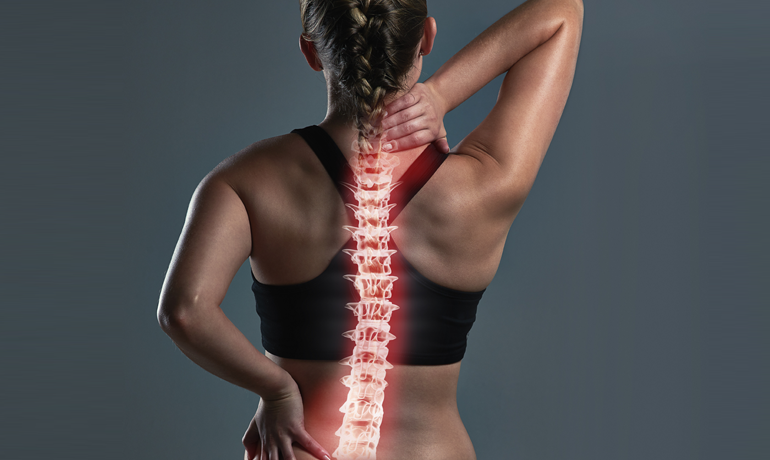
49-year old homemaker with spinal injuries following a motor vehicle accident. Mother of three, active in all home and school activities, and works part-time in husband’s business.
Diagnoses include cervical spine disc herniations at C5-6 and C6-7 and lumbar spine disc herniations at L4-5 and L5-S1, right C5-6 and L4-5 radiculitis. Conservative treatment to date has included cervical and lumbar epidural injections, trigger point injections, pain medication, chiropractic treatment and physical therapy. Surgery is being considered.
ADL
Independent for self-care, with need to sit for all lower body dress and bathe activities; needs assistance with food shopping, cleaning and laundry; difficulties carpooling; and inability to do the home maintenance tasks that were her responsibilities
Work
Martha is limited in her abilities to do light lifting and carrying at her husband’s retail store and bookkeeping from home
Evaluation Findings
- Persistent severe levels of low back and cervical pain that increase with activity
- Left arm radicular symptoms
- Diffuse spinal and paraspinal muscle tenderness
- Reduced cervical spine mobility in all planes, with avoidance of cervical movement and use of lumbar substitution movements
- Reduced lumbar spine lateral spine mobility, full flexion and extension
- Mildly reduced left hand and moderately reduced right hand grip strength
- Full isolated hand function, with functional performance limitations related to head/neck positioning issues to view the work area
- Ability to sit, stand and walk for at least an hour
- Ability to negotiate steps with reciprocal foot placement
- Occasional abilities to perform low and medium level lifts of 10 pounds with increased neck and back pain
- Increased neck and low back pain following brief demonstrations of daily homemaking tasks
Conclusion
Martha is a homemaker who has been working through her cervical and lumbar pain for 3 years, completing routine personal care with modifications, difficulties carpooling her children, and modifying how she does all daily homemaking tasks to avoid increased pain and fatigue. She is distraught over her persistent pain and functional limitations and further modifies her activities around the timing of narcotic pain medication. Based upon my observations of Martha’s demonstrated homemaking methods, she consistently demonstrated her ongoing functional limitations related to the cervical and lumbar spines; continues out of necessity to work through her pain to the extent possible; and obtains assistance from her family when lifting and carrying is required. Given Martha’s persistent debilitating pain levels, it is recommended that in addition to her orthopedic care, she obtain psychological assistance to help her cope with her chronic pain and limitations that have had a significant negative impact on her overall quality of life.
